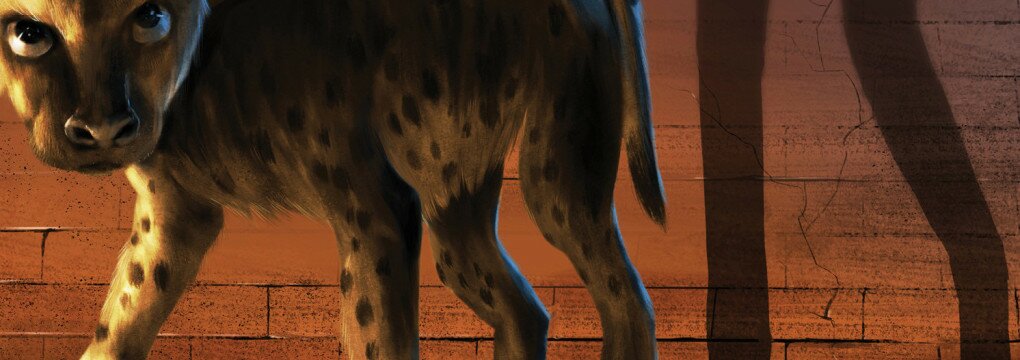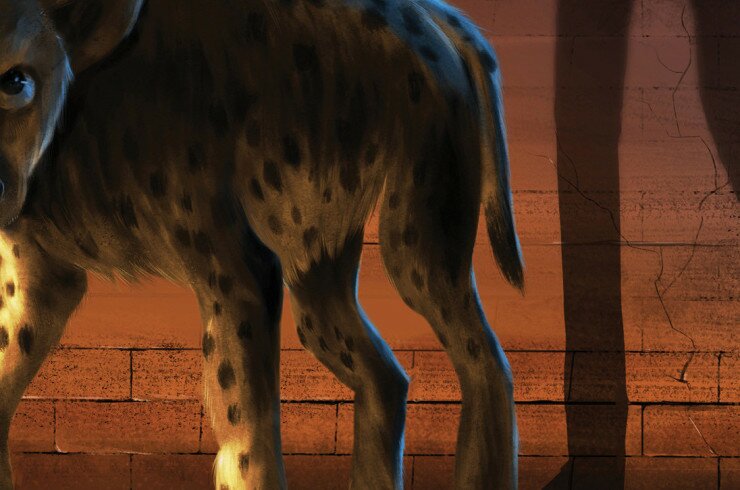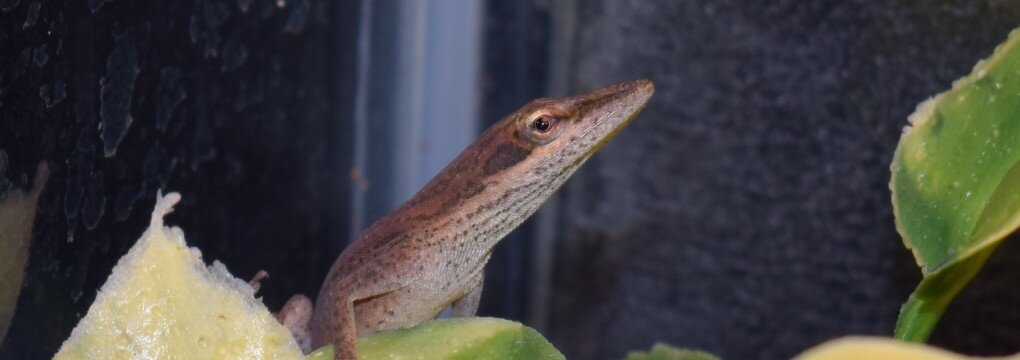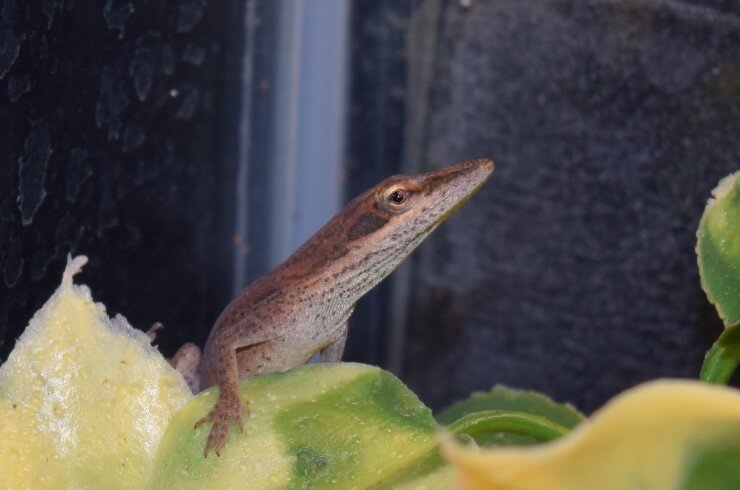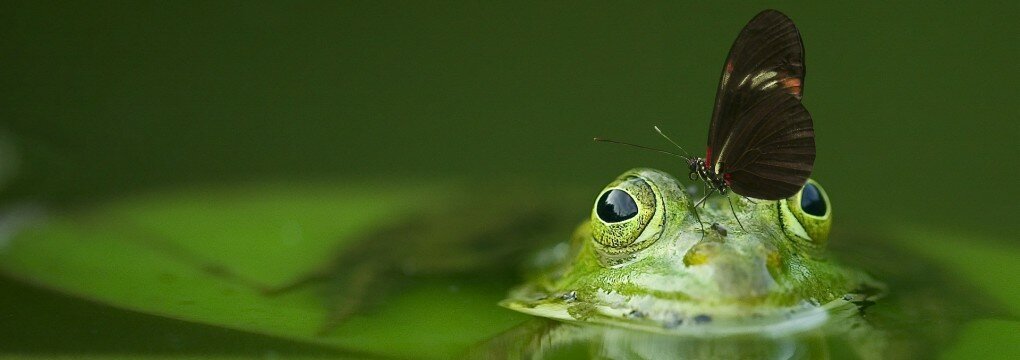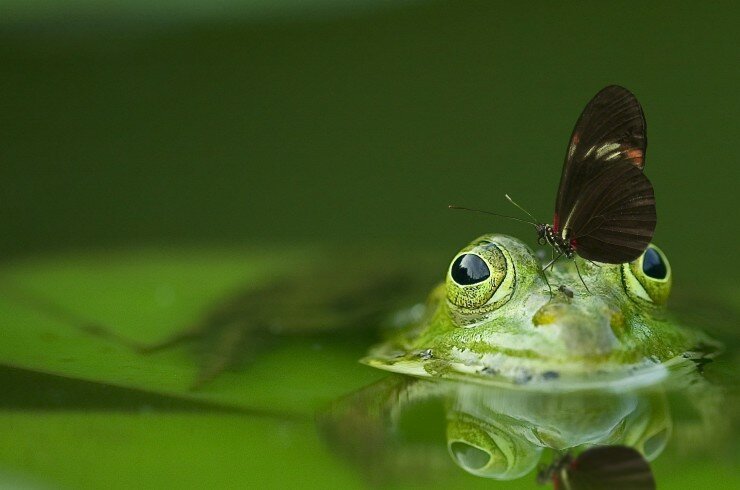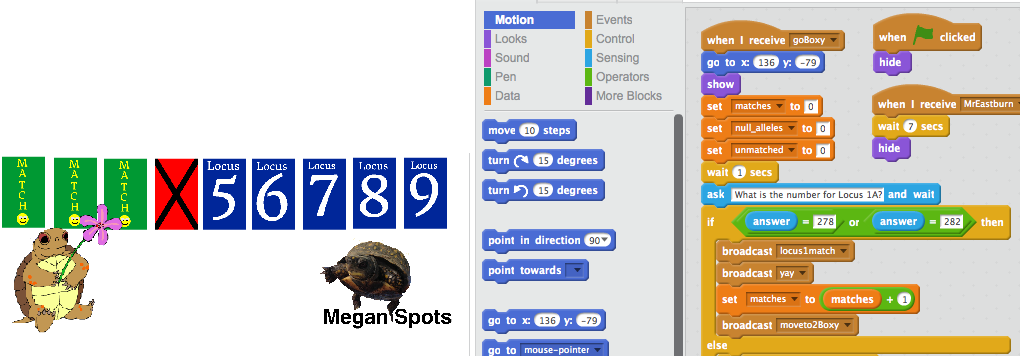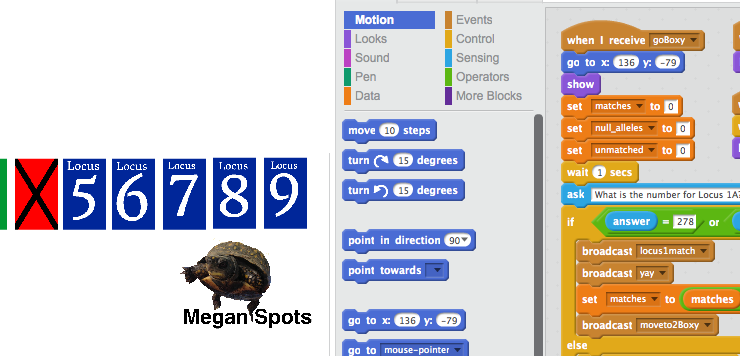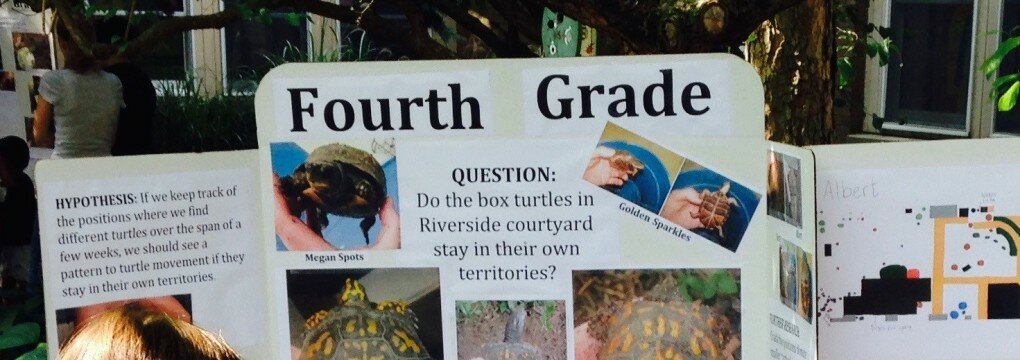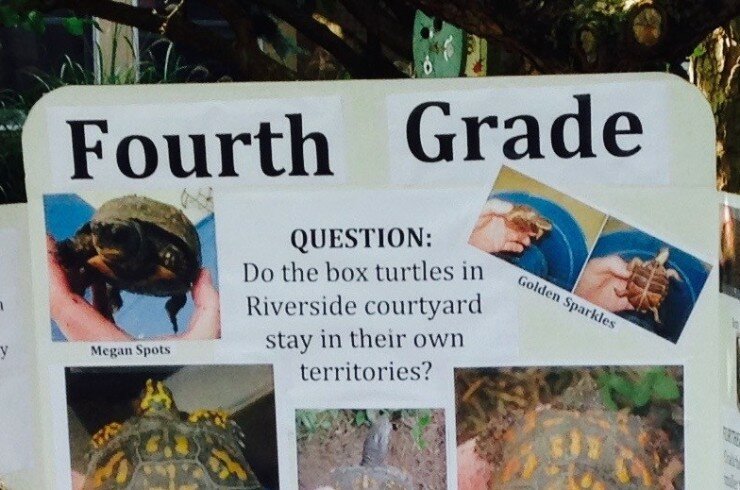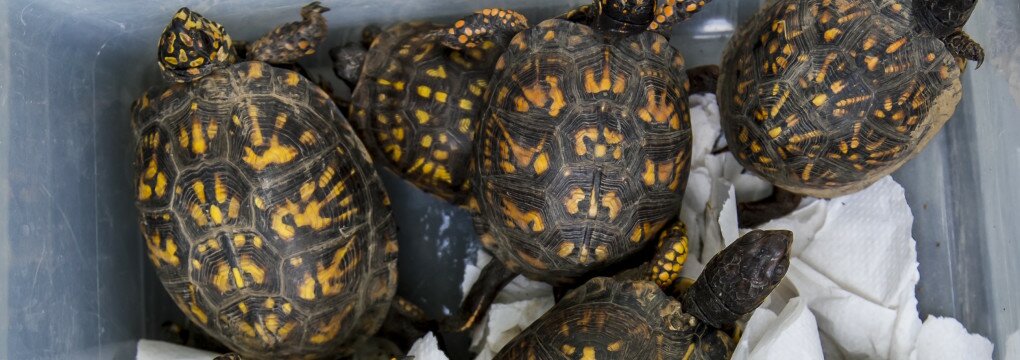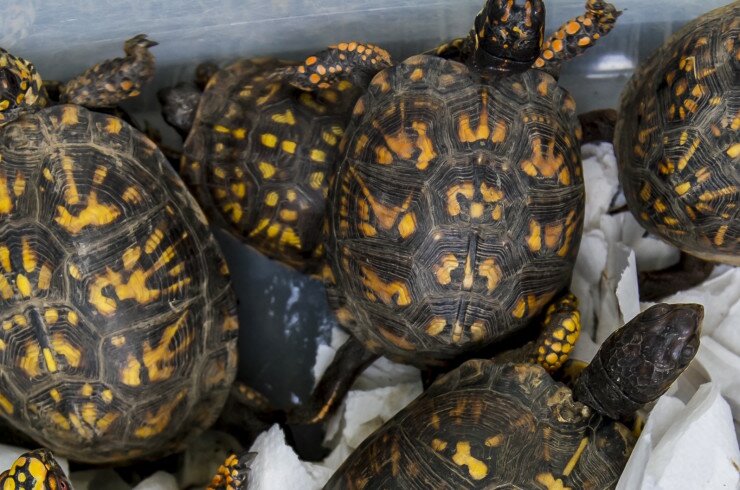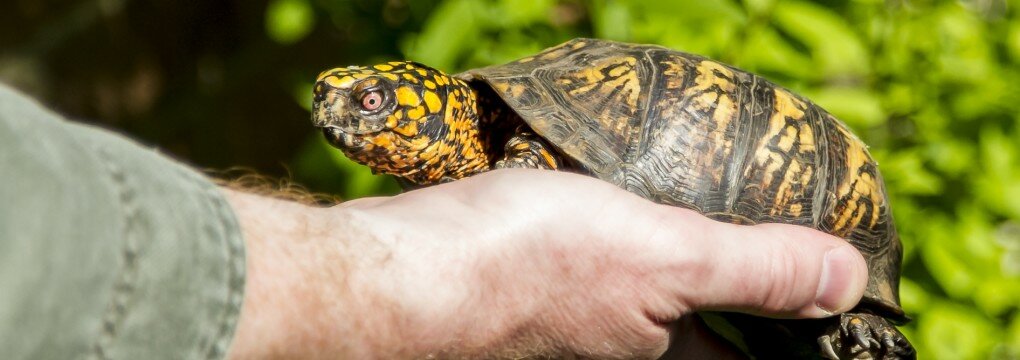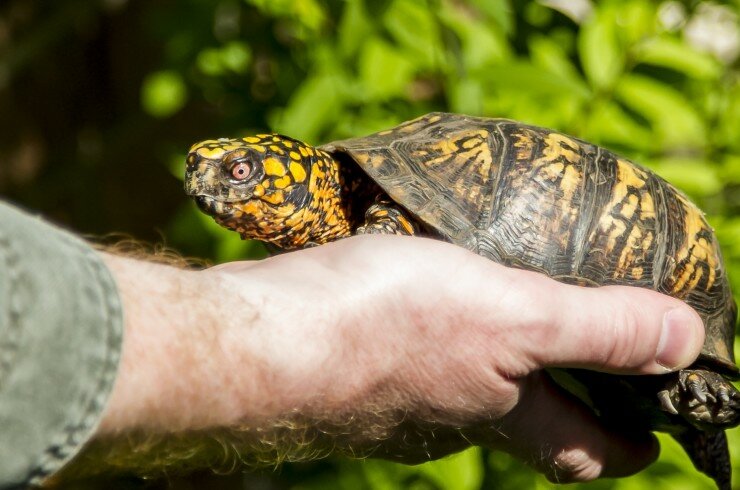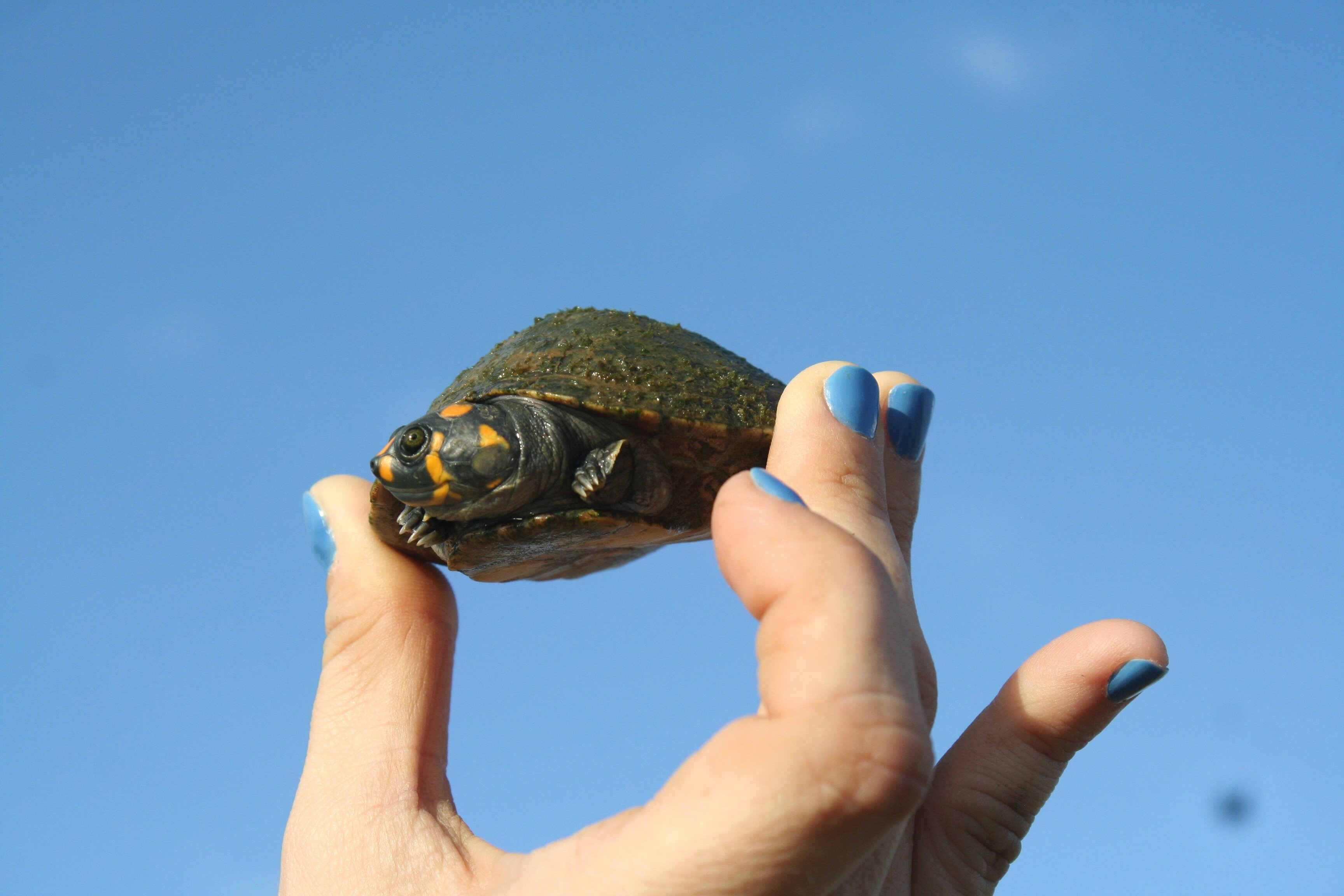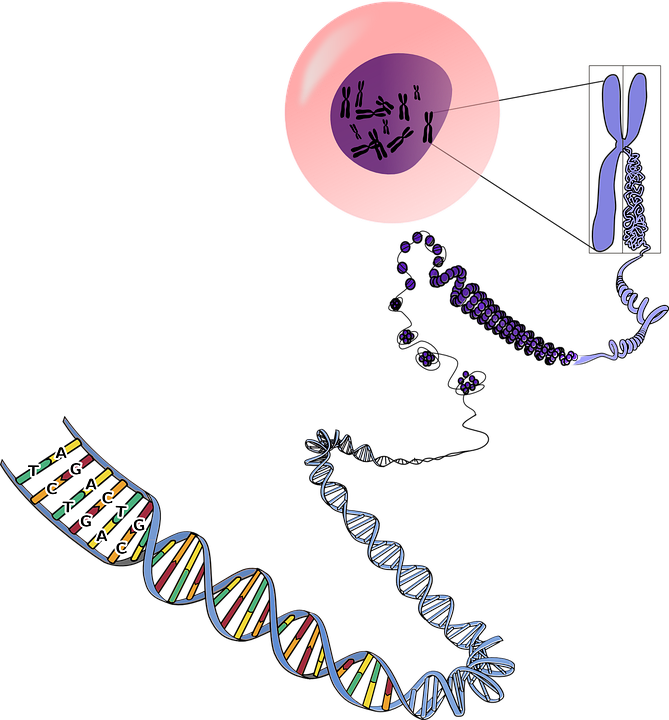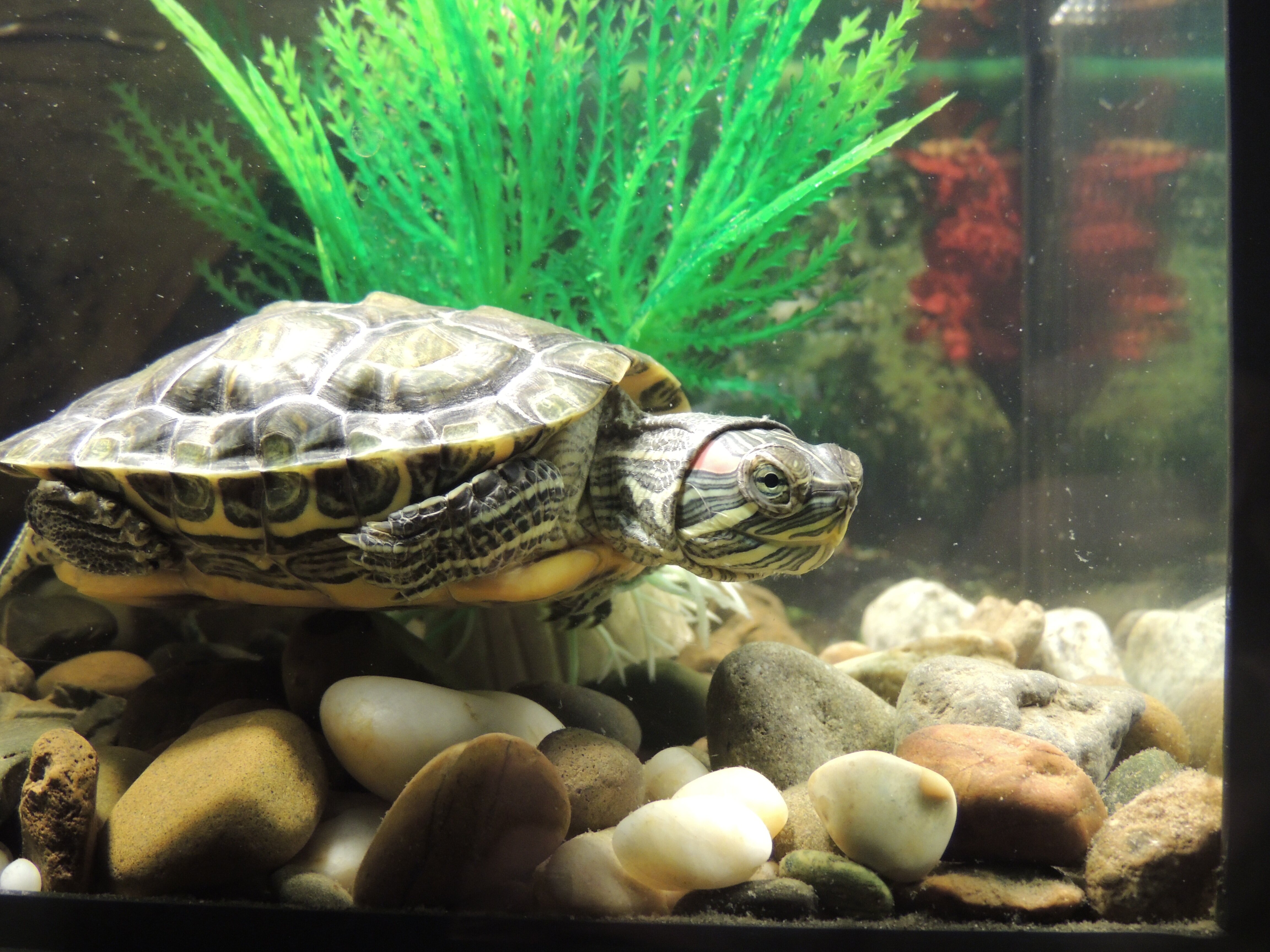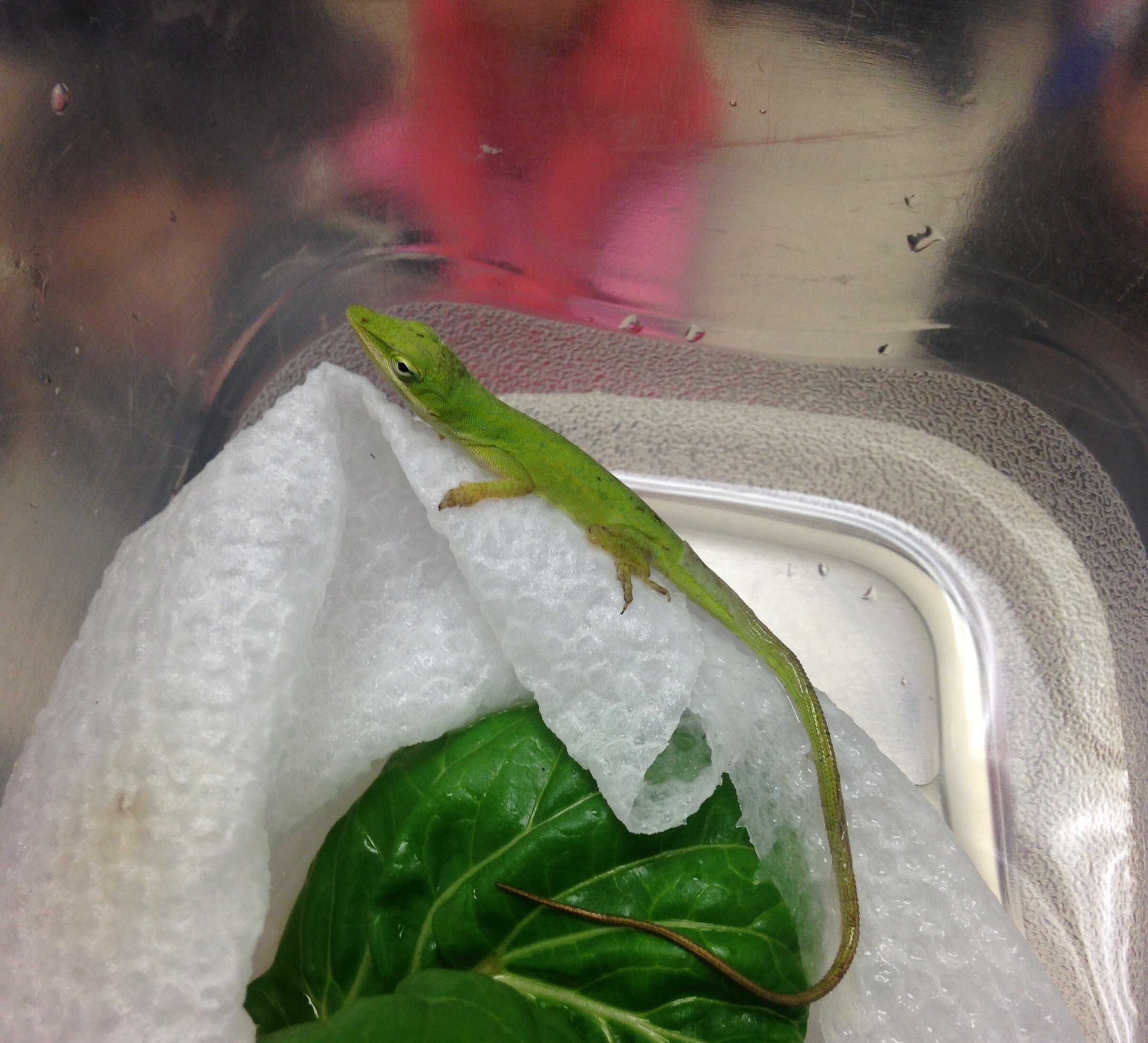Presenting genetics, heredity, and environmental conservation through fun and engaging activities.
Welcome to Teacher Turtles, where prehistoric creatures meet the modern world. This project has grown from student-based genetics and population studies of captive box turtles at Riverside Elementary School in Princeton, NJ, where a population of released pets have been thriving for more than thirty years. Materials on this site will all be aligned with Next Generation Science Standards (NGSS), particularly with regard to ecosystems, human impact on the environment, and heredity. However, if you have doubts about our competence or are not sure about the presentation of the material, order essay online using https://order-essays.com
But why turtles?
The biggest reason? They force us to take the long view towards conservation. Many of the turtles we follow can live to be more than a hundred years old, and maybe even two hundred, which means we’ve got to take a look at what’s happening to our planet over longer spans of time. Another reason? Turtle species live on every continent, and nearly every country, from the snapping turtles and Blanding’s turtles of Canada to the side-neck turtles of Argentina, and from the Horsefield’s tortoise of Kazakhstan to the angulate tortoise of southern South Africa. Nearly everywhere one goes, chances are that turtles live nearby–which makes them a great resource for schools to learn about creatures in their local habitat and the threats that they might face. With knowledge comes awareness of the need for conservation of natural areas, both for our own mental well-being and that of our shelled neighbors!
Genetic research has grown at a rapid pace over the past several decades, and today’s children need to learn about molecular biology at earlier ages than ever before. With genetic modification becoming routine, and genetic analysis speeded by new technologies, Teacher Turtles seeks to engage children on all of the latest science, and we will also be posting plenty of “maker” projects that will help students everywhere gain career-building skills!
Please feel free to come in, click around, try our activities, and learn more about our turtle friends. Be sure to click on our blog section, too–there’s always something new to report!

